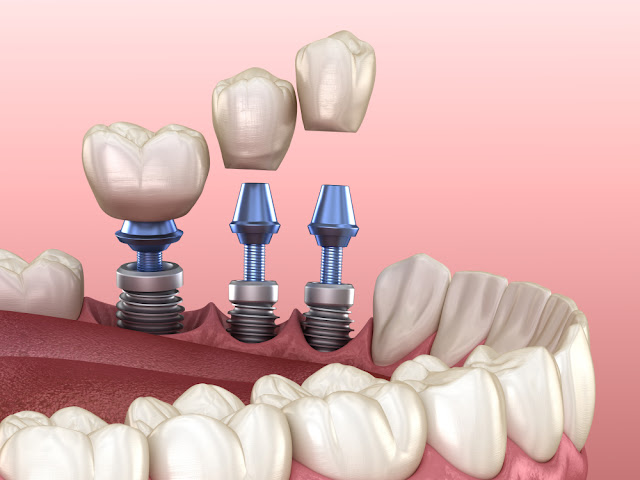Wisdom Teeth Removal in Petlad: A Complete Guide for Pet Owners
If you are a concerned pet owner residing in Petlad, you may have heard about the importance of wisdom teeth removal for your furry friend. Just like humans, some pets also develop wisdom teeth, and in certain cases, their removal becomes necessary to ensure their overall health and well-being. In this blog post, we will explore the topic of wisdom teeth removal in pets and address some frequently asked questions (FAQs) to help you make informed decisions for your beloved companion.
Subheading: FAQs About Wisdom Teeth Removal in Pets
What are wisdom teeth, and why do pets have them?
Wisdom teeth, also known as third molars, are the last teeth to erupt in both humans and animals. They are located at the back of the mouth and usually appear during early adulthood. In pets, these teeth may or may not emerge, and their presence can cause various dental problems.
What issues can arise if wisdom teeth are not removed in pets?
In pets, wisdom teeth can become impacted, meaning they are trapped beneath the gum line and unable to fully emerge. This condition can lead to a range of complications, including pain, infection, cyst formation, damage to adjacent teeth, and oral hygiene difficulties. Therefore, if your pet's wisdom teeth pose a risk, removal may be recommended.
How can I tell if my pet needs wisdom teeth removal?
Regular dental check-ups are crucial for identifying any dental issues in your pet, including problems related to wisdom teeth. A veterinarian will examine your pet's mouth and may recommend dental X-rays to assess the positioning of the teeth and detect any potential problems. Signs that your pet may require wisdom teeth removal include difficulty eating, swelling or redness around the affected area, bad breath, and behavioral changes.
What does the wisdom teeth removal procedure involve?
The procedure for removing wisdom teeth in pets is similar to that in humans. It is typically performed under general anesthesia to ensure your pet's comfort and safety. The veterinarian will carefully extract the affected teeth, ensuring the surrounding tissues are preserved. Post-surgery, your pet will receive pain medication and antibiotics if necessary, along with instructions for proper aftercare.
Are there any risks or complications associated with wisdom teeth removal in pets?
As with any surgical procedure, there are some risks involved. However, with proper preoperative evaluation and an experienced veterinarian, the risks are minimized. Potential complications may include infection, bleeding, dry socket formation, or damage to surrounding structures. Following post-operative care instructions and monitoring your pet's recovery closely can help mitigate these risks.
How long does the recovery period take?
The recovery time varies depending on the complexity of the procedure and the individual pet. Generally, it takes around one to two weeks for your pet to fully recover from wisdom teeth removal. During this period, it is essential to follow the veterinarian's instructions regarding diet, pain management, and oral hygiene to ensure proper healing.
Conclusion:
Wisdom teeth removal in pets can be a necessary dental procedure to maintain their oral health and overall well-being. By addressing the frequently asked questions about this topic, we hope to have provided valuable insights to help you make informed decisions for your furry companion. If you suspect your pet may need wisdom teeth removal, consult with a trusted veterinarian in Petlad who can guide you through the process and provide the best care for your beloved pet.

.jpg)


Comments
Post a Comment